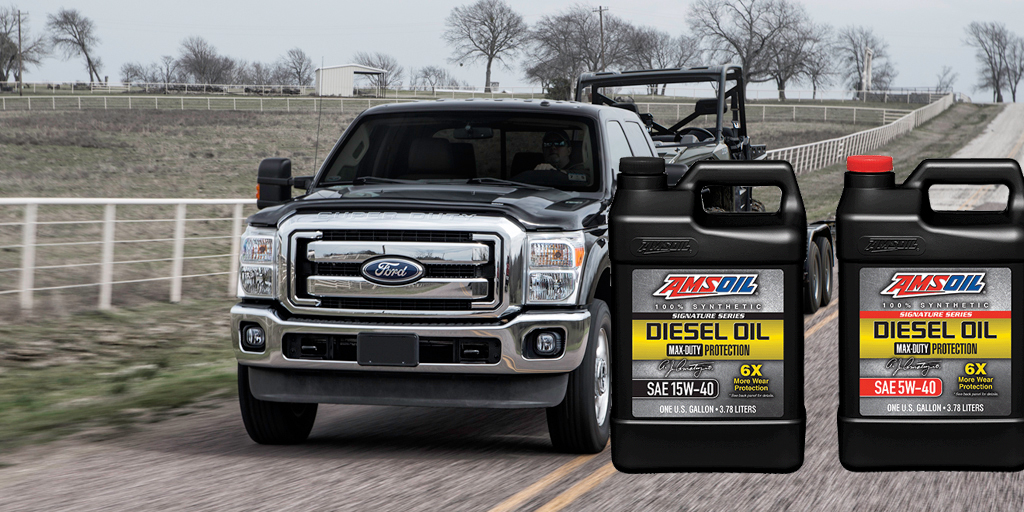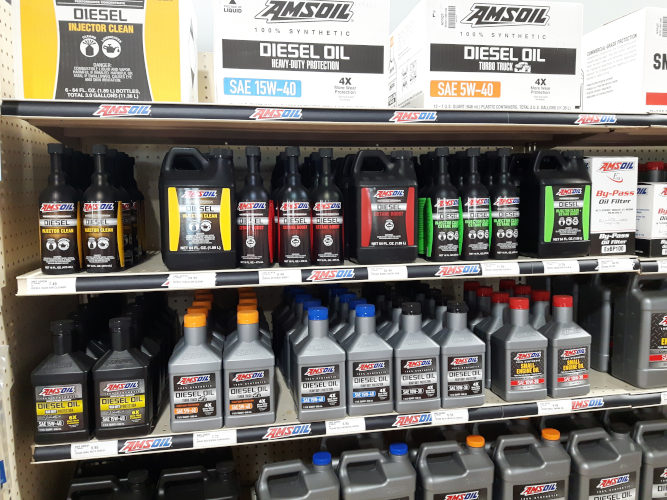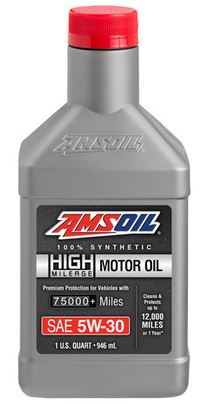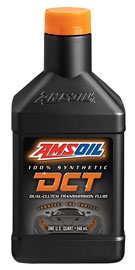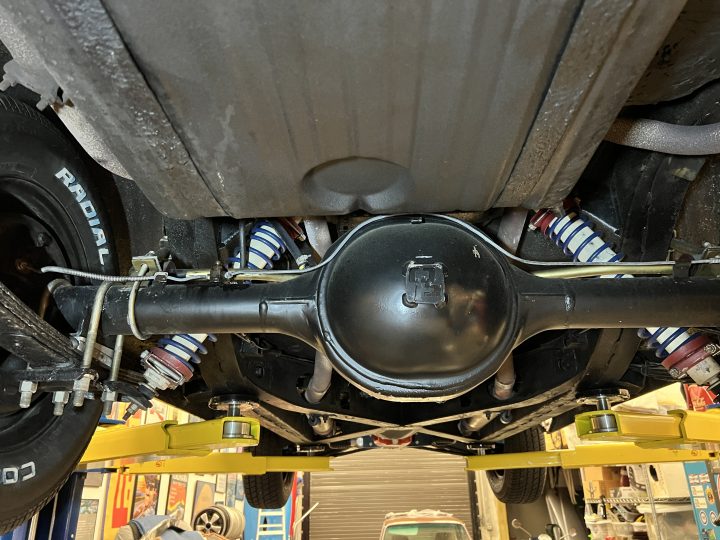How to Perform Oil Analysis We keep these kits right here in the Omaha store. Ask for the one with postage or with out for a slight savings. When doing several vehicles use the one w/o postage to send all together. John Baker|Sep 12, 2019 11:57 AM Used oil analysis is one of the most […]
OE 0W-16: Light and Strong
OE 0W-16: Light and Strong Now in stock in Sioux Falls. Exit 73 behind Marlins! A 0W-16 viscosity motor oil may seem exotic to North American drivers, but as fuel efficiency requirements increase, it may become a common recommendation of manufacturers worldwide. Japanese engineers have long experimented with ultra-thin motor oils, and 0W-16 has been […]
How Does a Dual-Clutch Transmission (DCT...
The Function of a Dual-Clutch Transmission Market Technology before it’s ready! John Baker|Jan 02, 2020 11:43 AM A dual-clutch transmission (DCT) is synonymous with high performance. Compared to a traditional automatic transmission, it delivers… Faster, smoother shifts Increased fuel economy Improved performance Surprise breakdowns (well they’ll solve that soon) Although the DCT transmission dates to […]
5 Tips for Your Next Adventure Bike Trip
5 Tips for Your Next Adventure Bike Trip Wyatt Gruben|Oct 11, 2019 8:13 AM I recently completed an adventure bike trip with my father during which we rode the Continental Divide from south to north. The purpose of the trip was to document the ride as a father-son duo and to show what the Great […]

